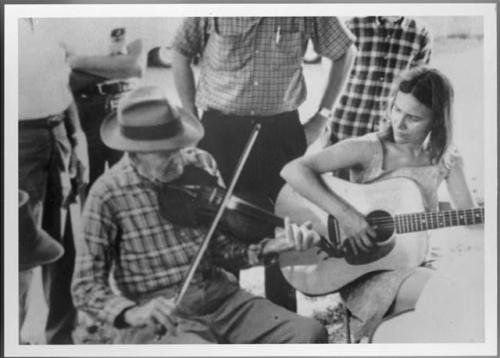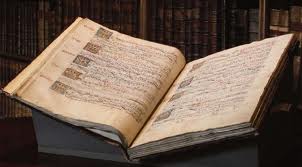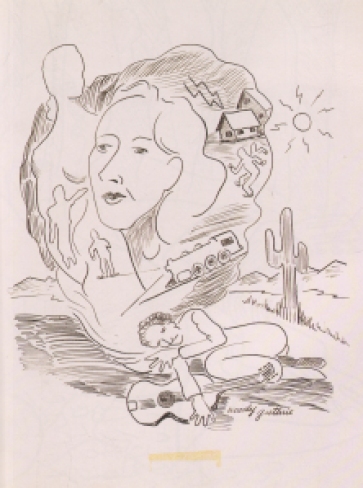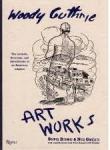Part of the Library of Congress’s American Memory series, Fiddle tunes of the old frontier: The Henry Reed Collection is a multiformat collection of traditional fiddle tunes played by Henry Reed of Glen Lyn, Virginia, recorded by Alan Jabbour in 1966 and 1967, when Reed was over eighty years old. The tunes represent the music and evoke the history and spirit of Virginia’s Appalachian frontier; many of them passed back into circulation during the fiddling revival of the later twentieth century.
The collection includes 184 sound recordings, 19 pages of field notes, and 69 transcriptions of Reed’s fiddling with notes on tune histories and musical features; an illustrated essay on Reed’s life, art, and influence; a list of related publications; and a glossary of musical terms.
Above, Reed with Bobbie Thompson (guitar) at the Narrows (Virginia) Fiddlers Contest, summer 1967. Below, Alan Jabbour performs a tune that he learned from Henry Reed.















